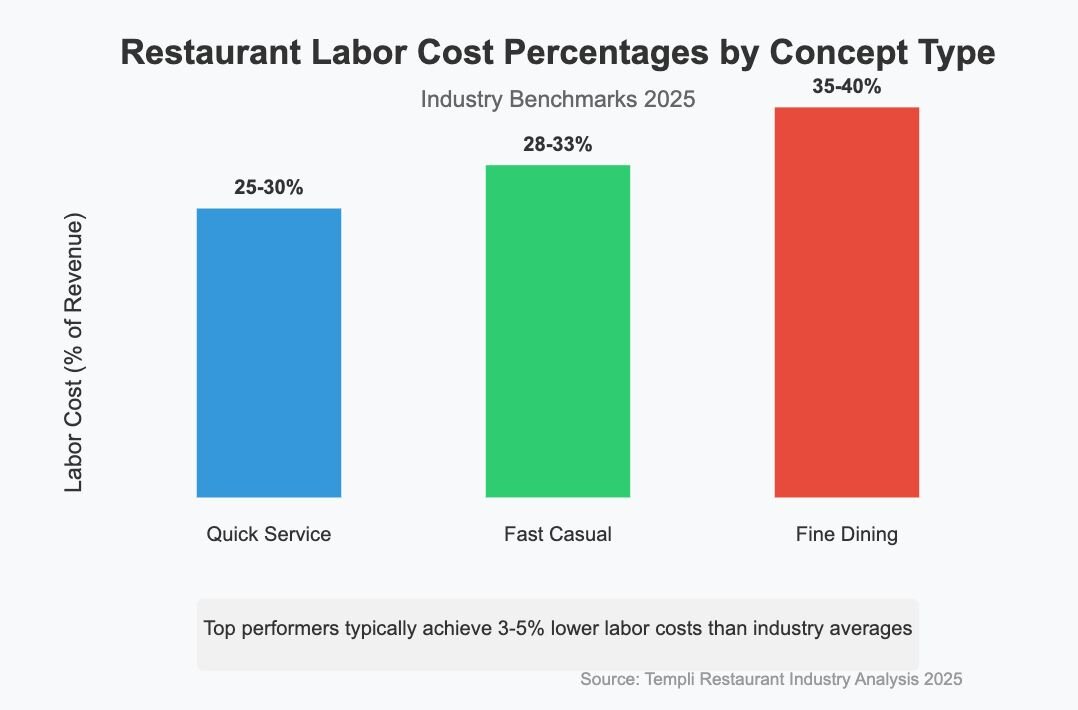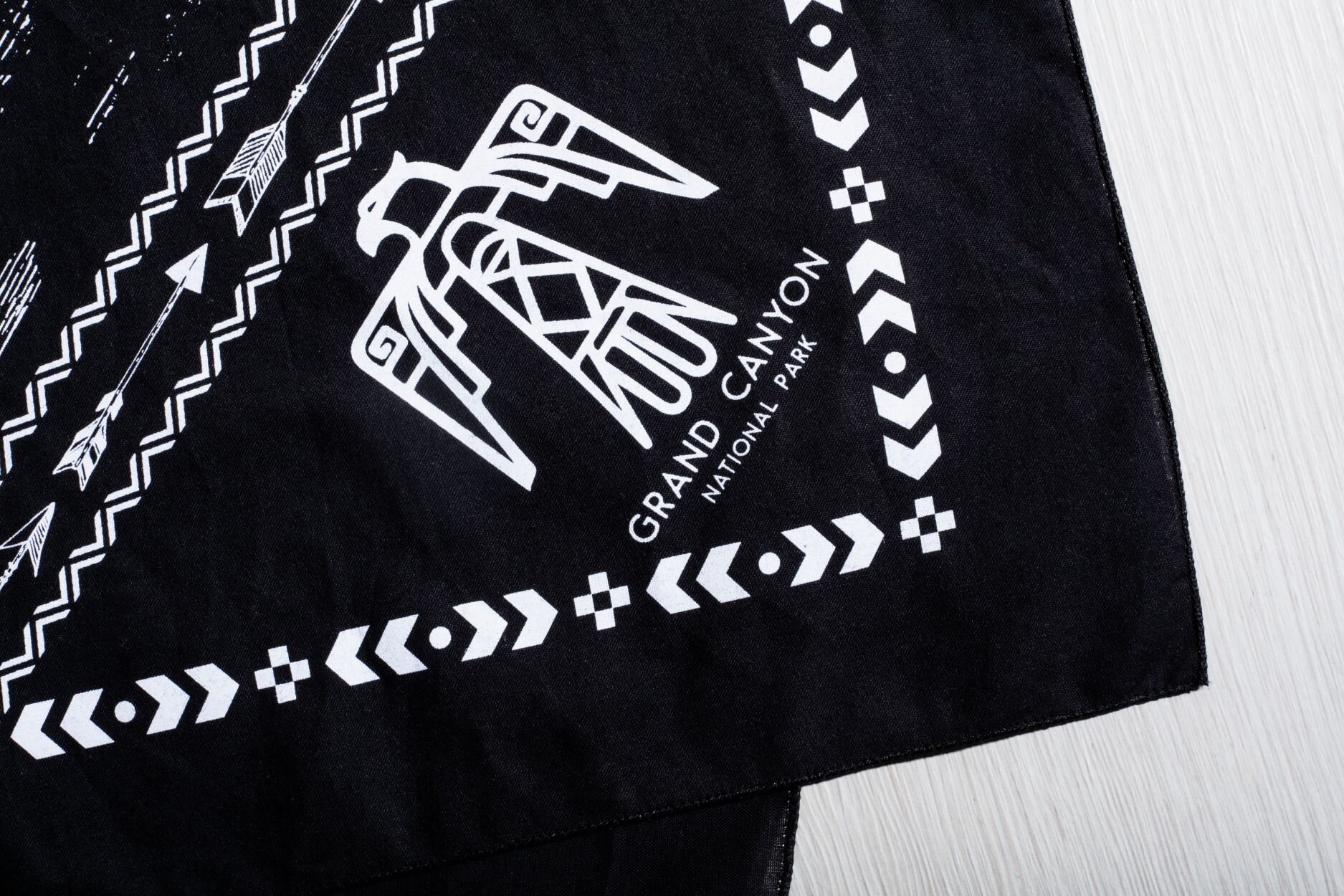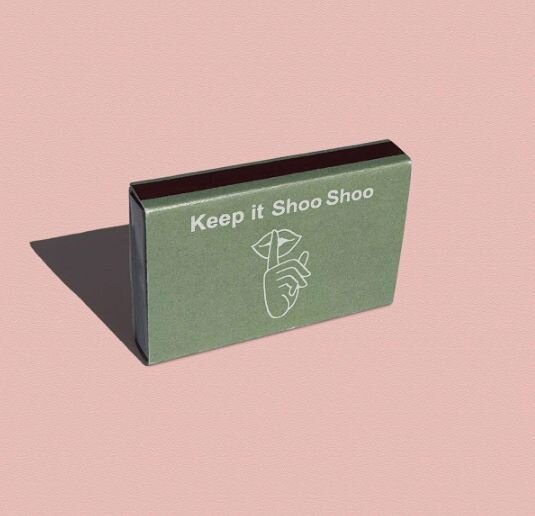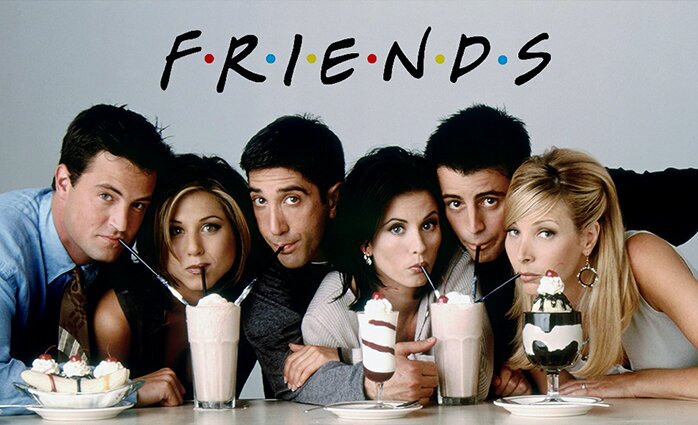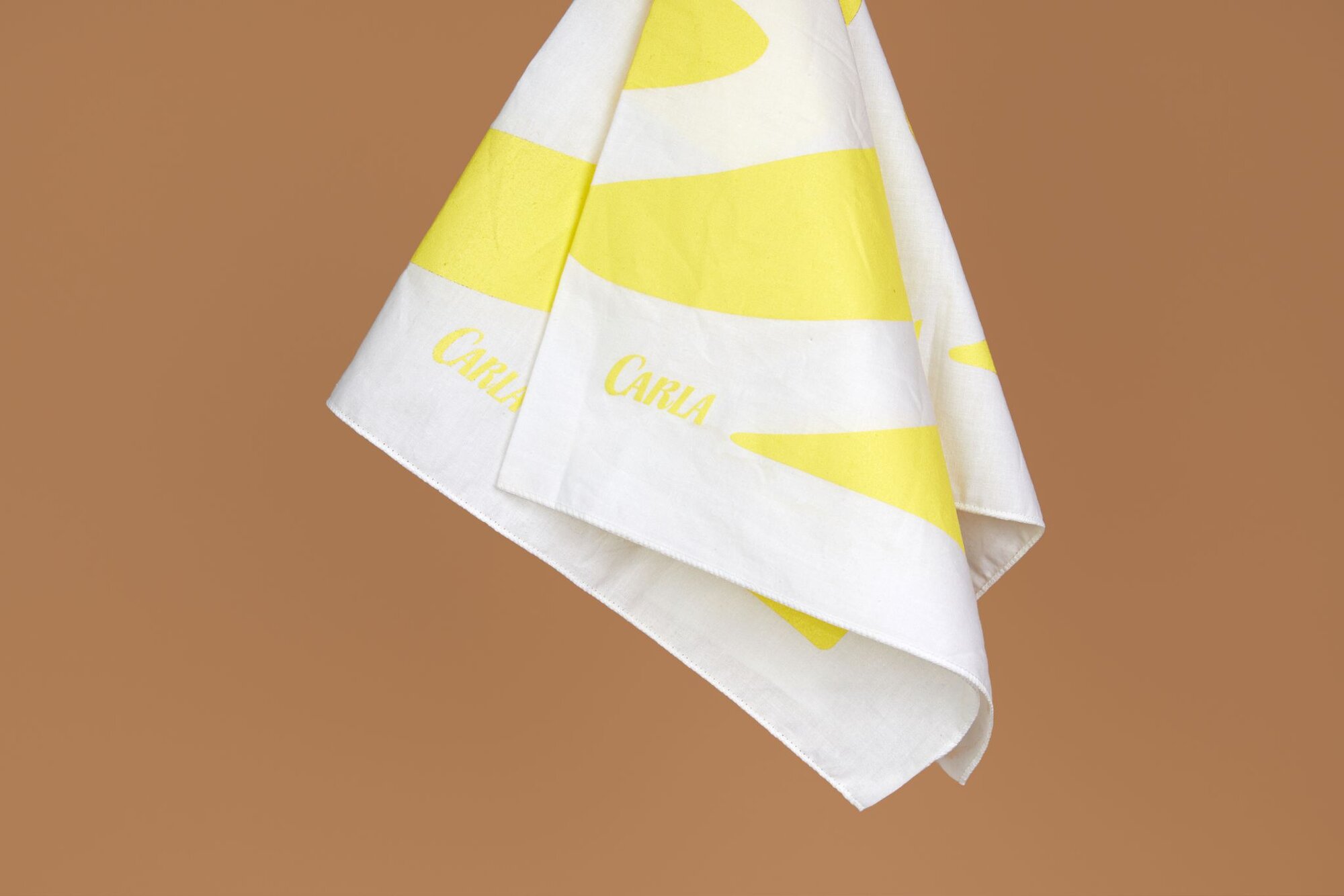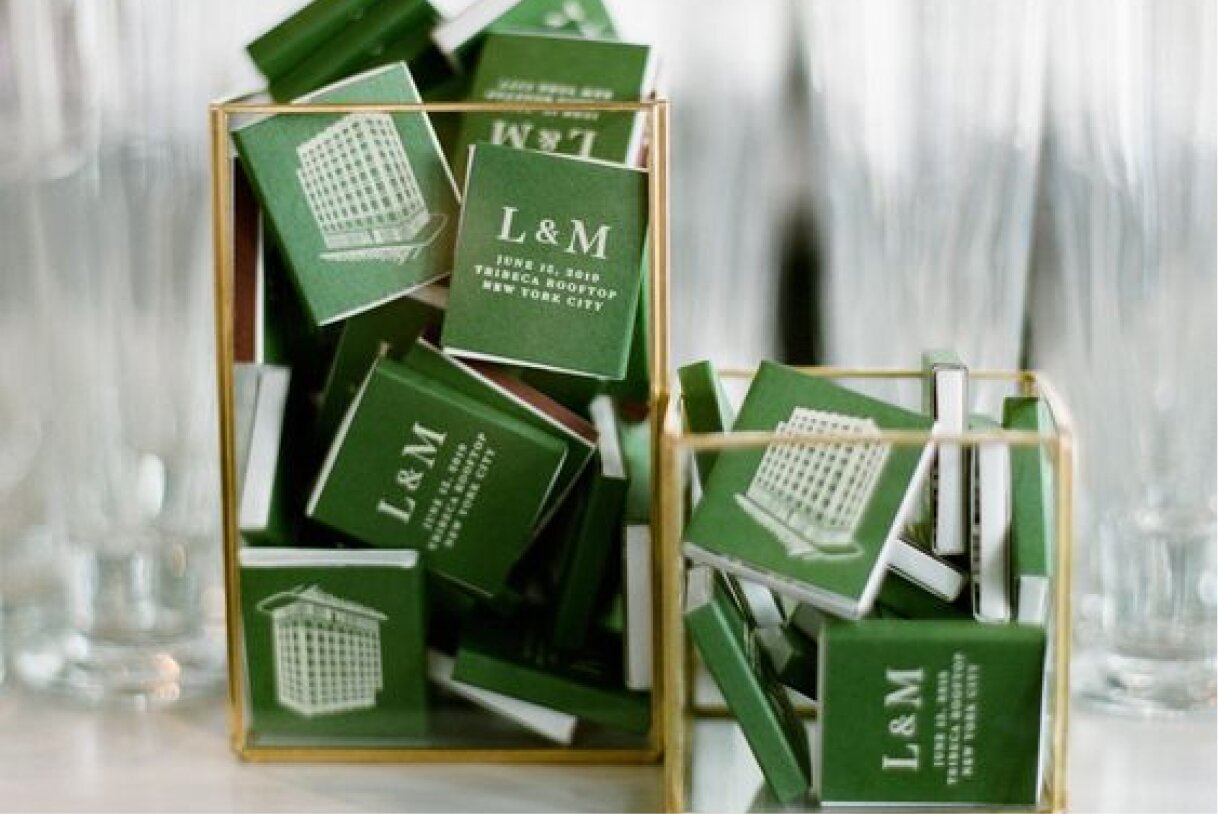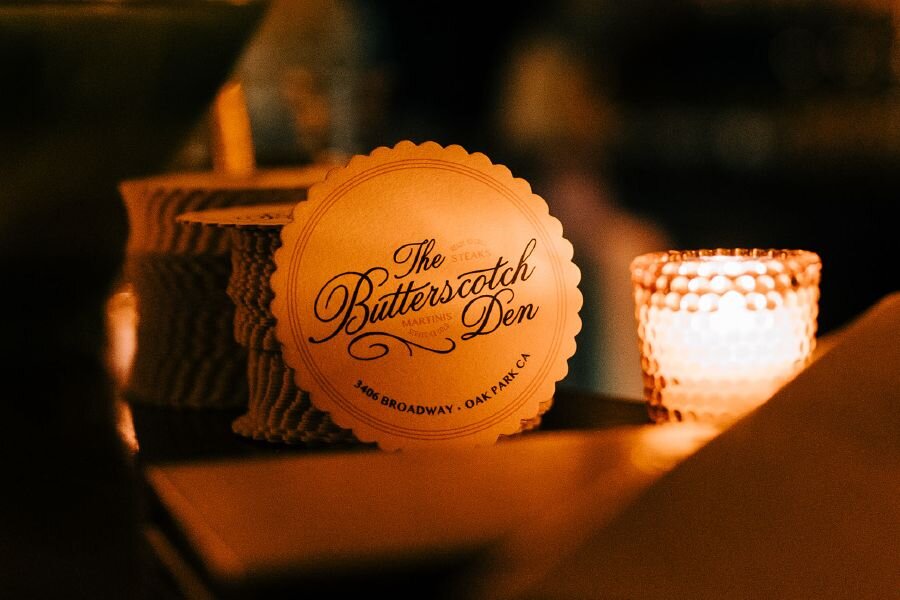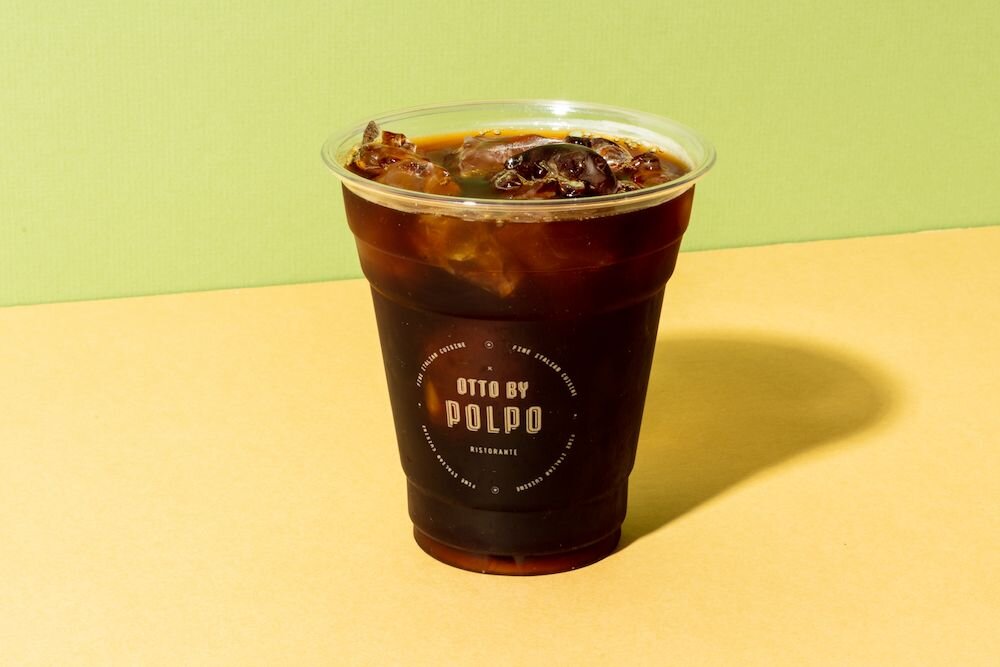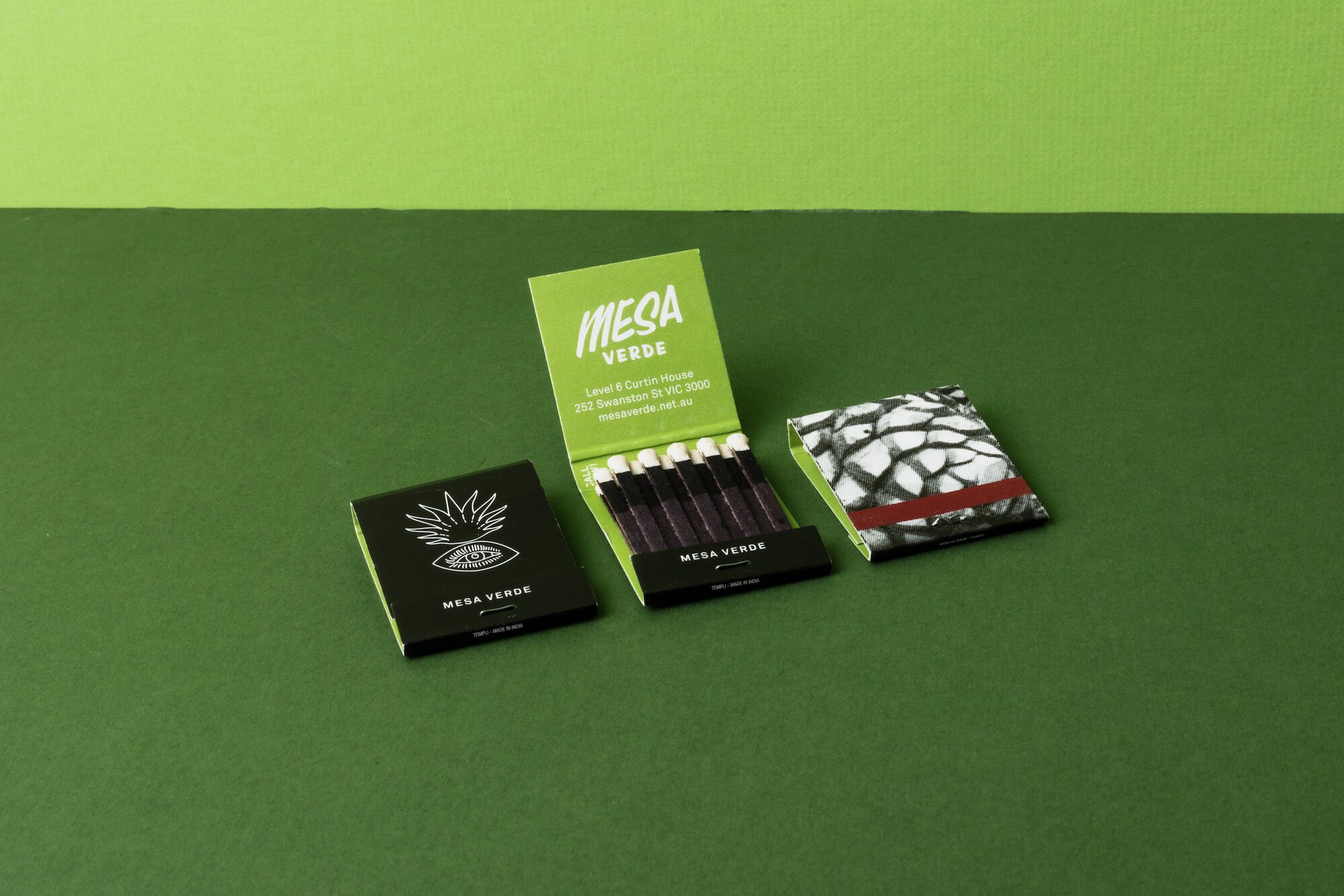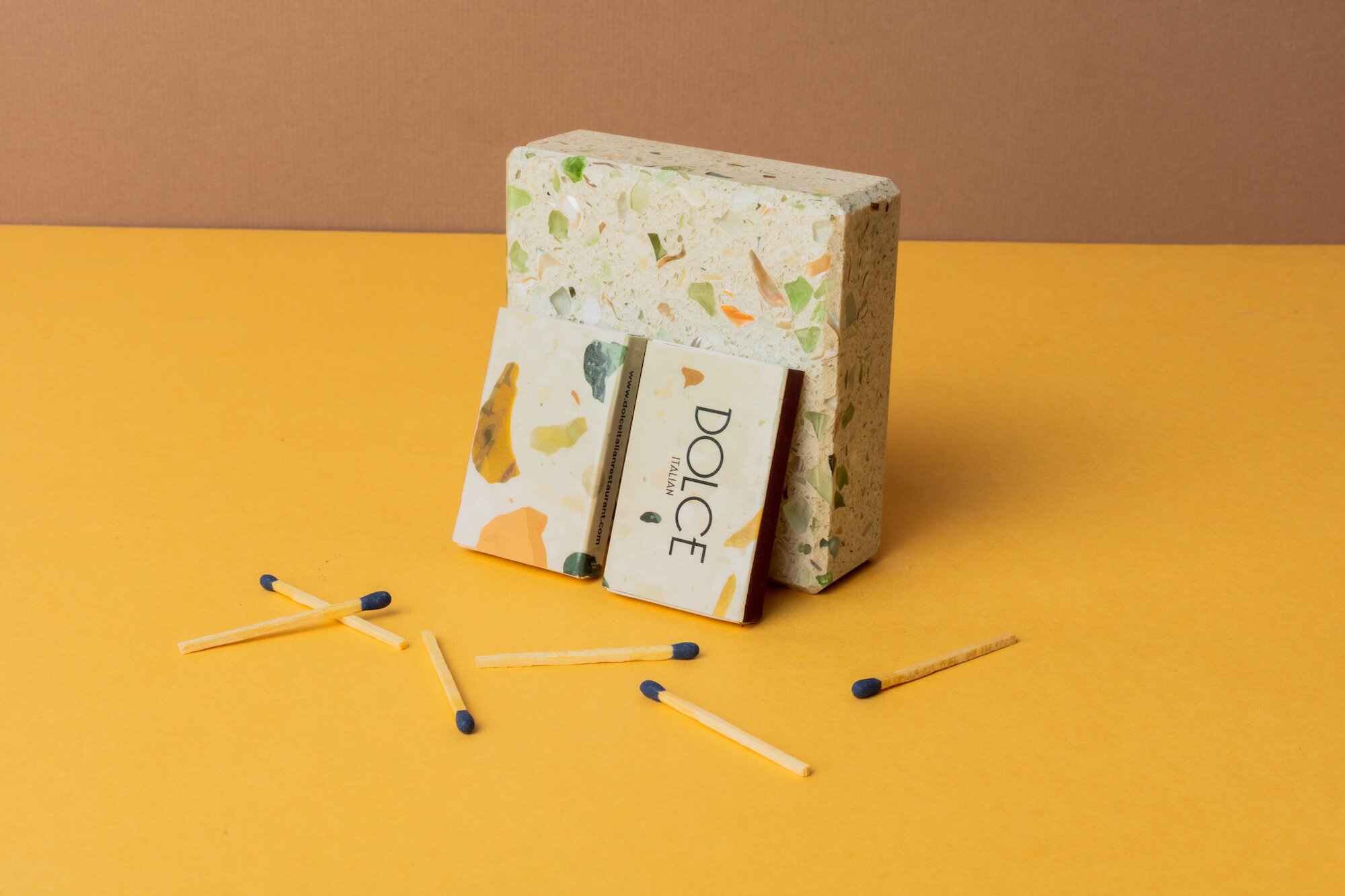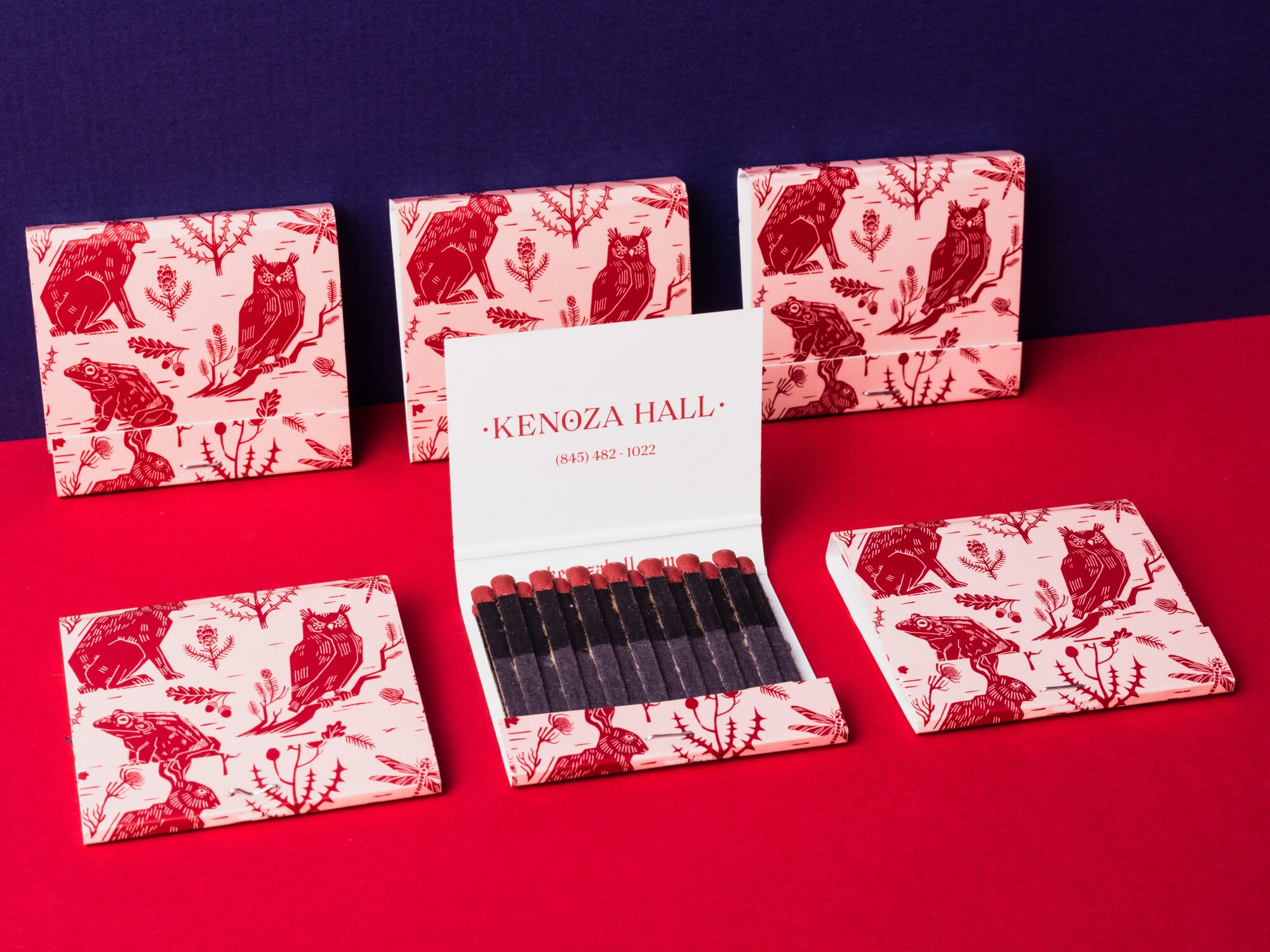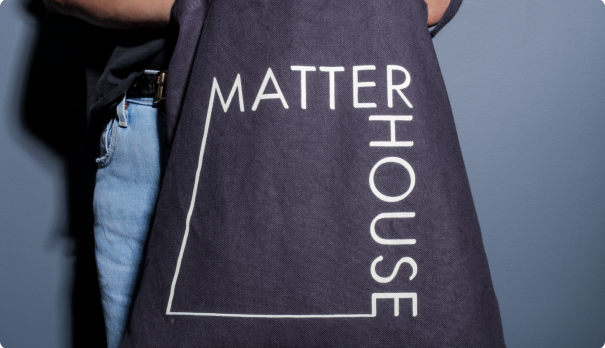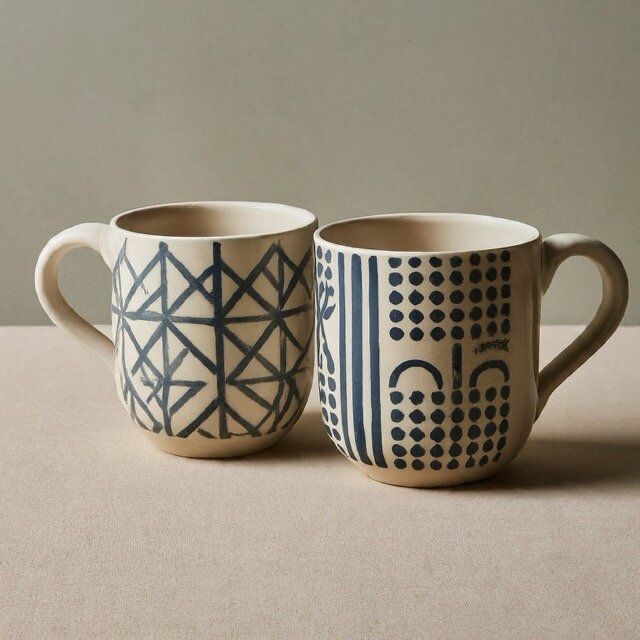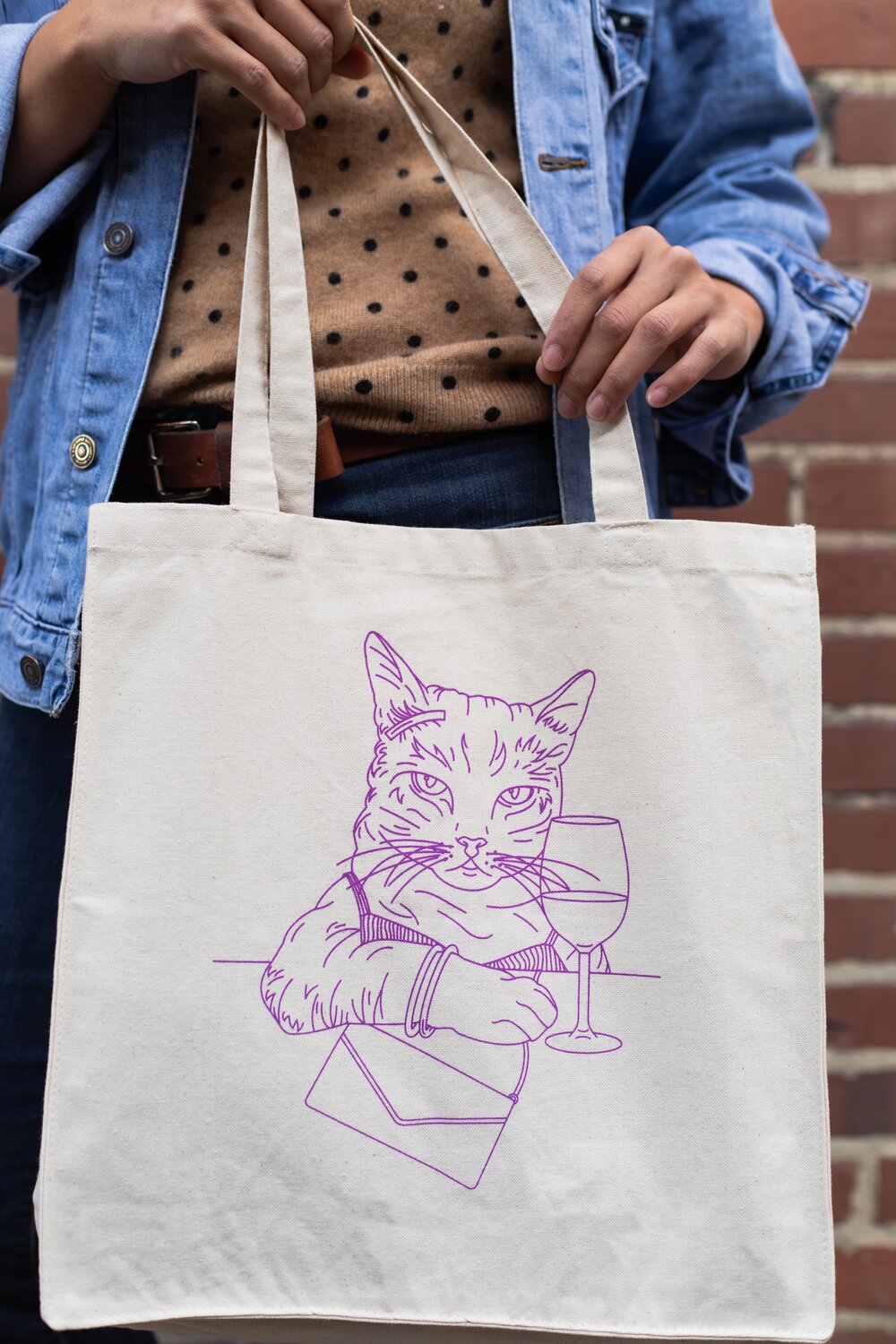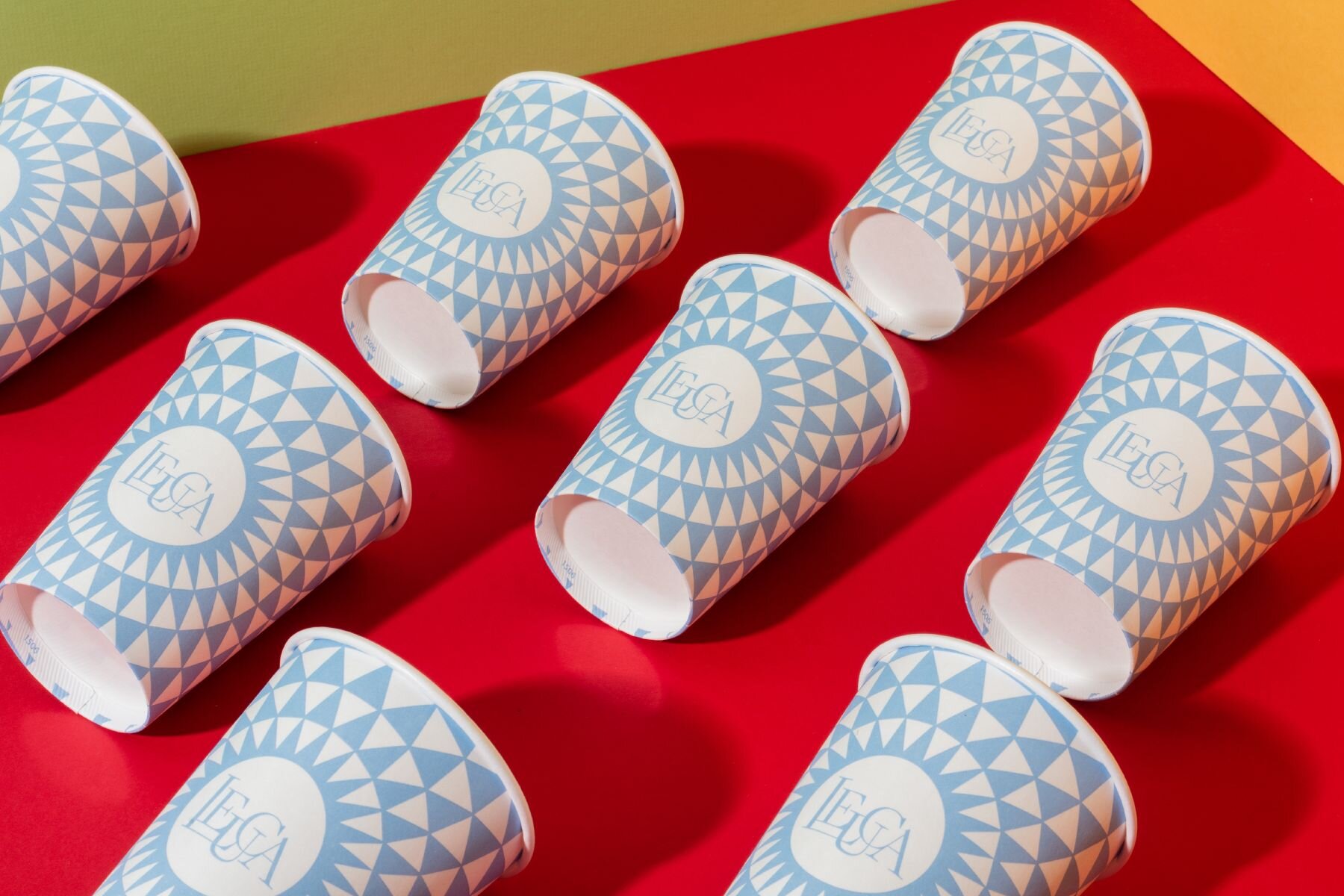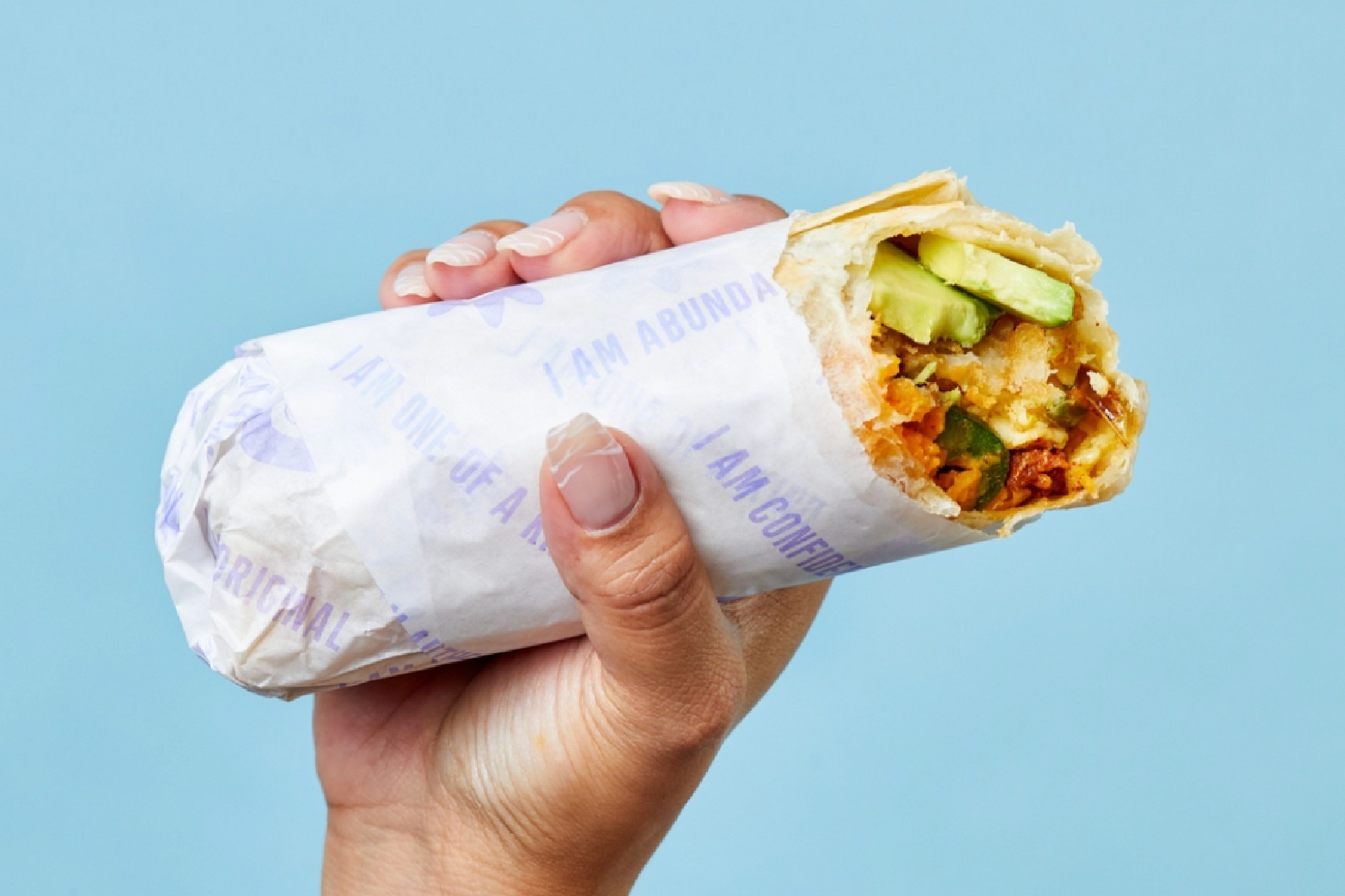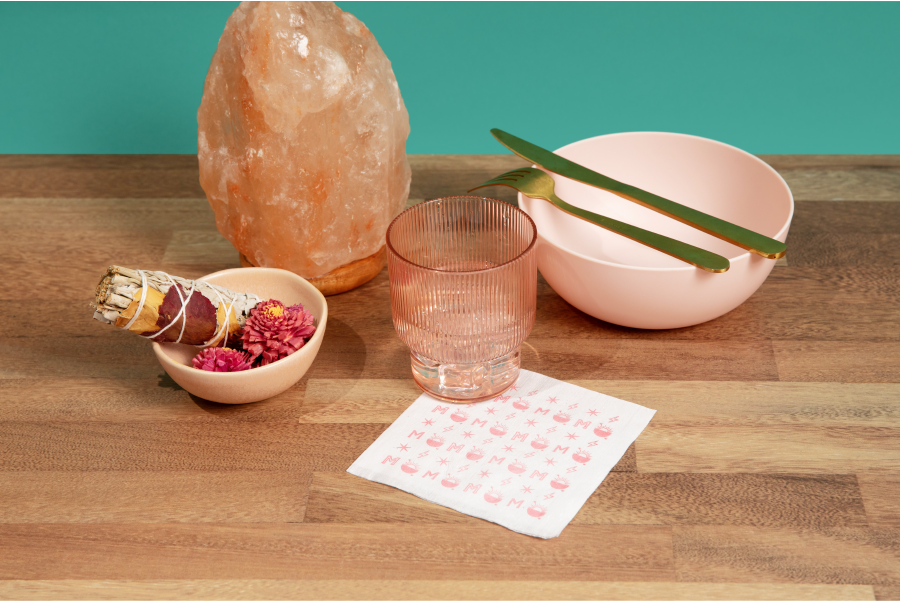CMYK vs Spot Color Printing

Two of the most common printing styles are with Spot Colors and CMYK.
Previously, we discussed in this post, spot colors refer to a single solid color to print with. A print job can have multiple spot colors. Usually spot colors are printed using the Pantone (PMS) color system that allows for consistent color outcomes across various orders.
Printing is never done using RGB or HEX colors.
CMYK on the other hand, is a blending of four ink colors; Cyan, Magenta, Yellow, and Black (K), which allows printers to produce a wide range of colors by combining them in different proportions. The CMYK model is sometimes used in offset and flexo printing, and always with digital or wide format printing.
With CMYK printing, each color is represented by a percentage of the four colors. For example, 100% Cyan, 0% Magenta, 0% Yellow, and 0% Black would produce a deep blue color, while 50% Cyan, 0% Magenta, 50% Yellow, and 0% Black would produce a bright green color.
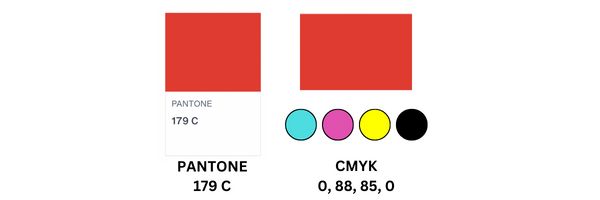
CMYK is ideal for producing ‘full color’ prints where there are almost too many colors to count, or there’s blending of colors. And by its nature, cannot be used to get exact matching of colors. So it's important to understand that when printing in CMYK, your colors will never be 100% accurate.
Spot Color printing is best when color matching is really important.
CMYK can also be used to greatly reduce the cost of printing certain items. Like business cards, postcards or flyers. Here you can ‘gang run’ multiple orders together on the same print run, thereby splitting the cost of production amongst many jobs. And because all are using CMYK, the print shop doesn’t need to keep swapping out colors and cleaning the press as often.
Have your colors ready to get started?
Happy printing!
